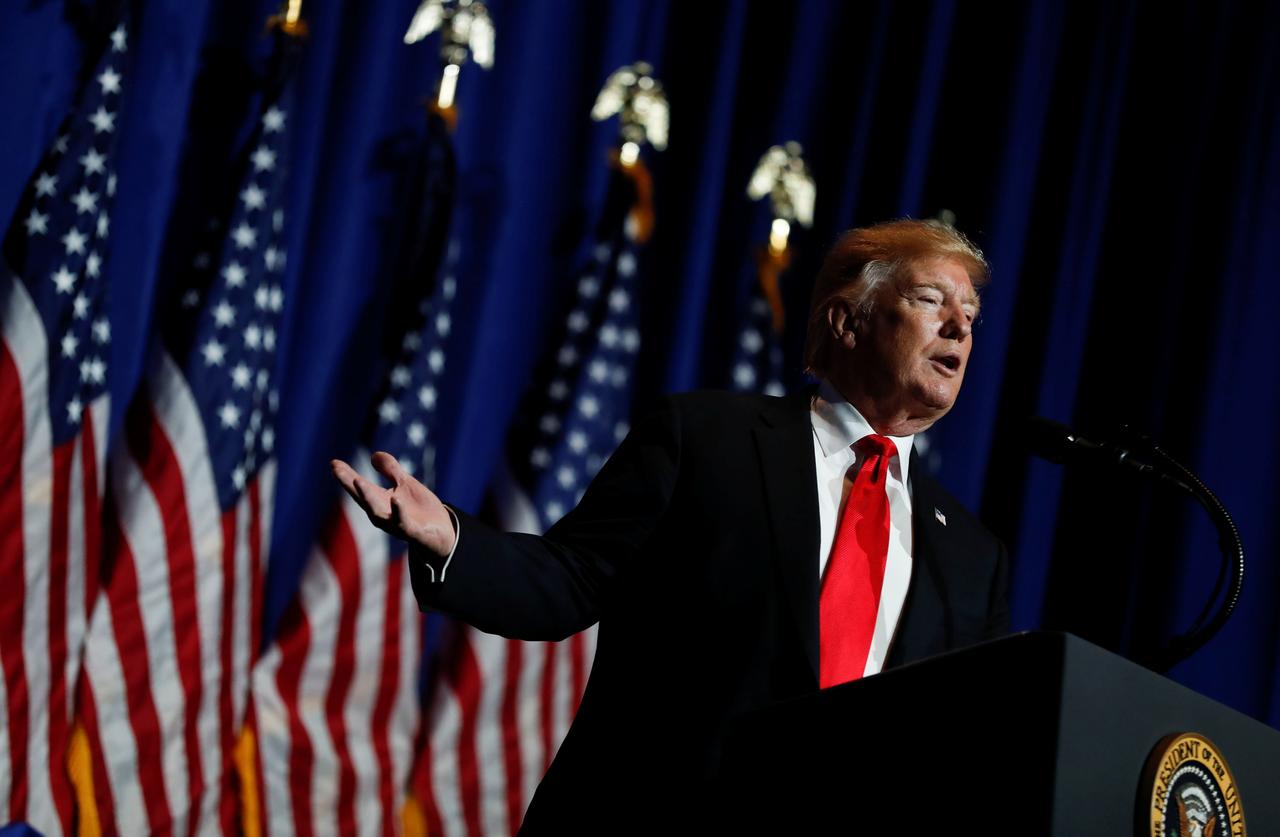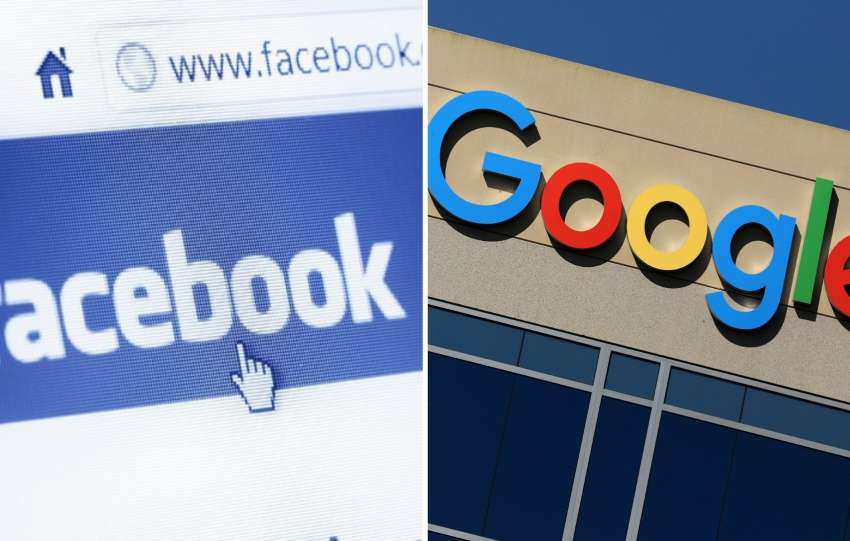From the CIA-orchestrated overthrow of Iran’s prime minister in 1953 to tension and conflicts under President Trump, the conflict between the two countries is continuing for more than 65 years.
On 3rd January 2020, Iran’s top military commander, Gen Qasem Soleimani, is killed by a U.S. drone strike in Iraq. Iran vows “severe revenge” for his death and pulls back from the 2015 nuclear accord. Now that Iran and America have openly exchanged fire, the conflict between the two countries will likely continue in the shadow where it has begun.
Who was General Suleimani? Why America targeted him?
General Suleimani was hardly a household name in the United States. Still, as far as American officials were concerned, he was responsible for more instability and death in the Middle East region than almost anyone. As the head of the elite Quds Force, General Suleimani was effectively the second-most powerful man in Iran. He had a big hand in managing plenty of proxy wars in Iran, Syria, Lebanon, and Yemen, including a campaign of roadside bombs and other attacks that killed an estimated 600 American troops during the height of the Iraq war.
 At the age of 62, with a narrow face, grey hair and a close-cropped beard, General Suleimani was known for traveling without any body armor or personal protection.
At the age of 62, with a narrow face, grey hair and a close-cropped beard, General Suleimani was known for traveling without any body armor or personal protection.
As per the officials, since the last 18 months, there have been discussions about whether to target General Suleimani or not. After figuring it would be too difficult to hit him in Iran, officials decided to go after him during one of his frequent visits to Syria or Iraq. There were several agents in seven different entities to report his movement. General Suleimani set off on his last trip on New Year’s Day, flying to Damascus and then heading by car to Lebanon to meet with Mr. Nasrallah. Mr. Nasrallah said in a later speech that he warned General Suleimani that the American news media was focusing on him and publishing his photograph.
According to Trump administration, General Suleimani was going to Baghdad as part of the attack plot. Well, there are different theories about the purpose of his visit. General Suleimani had played a role as a power broker in Iraqi politics and two Iraqi politicians with links to Iran.
As per the Prime minister Adel Abdul Mahdi, he had plans to meet General Suleimani a few hours after his arrival in Baghdad. He said, “It was expected that he was carrying a message for me from the Iranian side responding to the Saudi message that we had sent to the Iranian side to reach the agreements. Although, Saudi officials said he was unaware of any message carried by General Suleimani. In fact, the editor in chief of Al Arabiya English, a Saudi news site said, “It is laughable. Suddenly, this man is a diplomat extraordinaire one day before he died?”
It is still not clear whether he was carrying any message with him or not. Whatever it is, it died with him in the mangled wreckage at Baghdad’s airport.
What was Trump’s reaction?
President Trump planned to play golf the following morning, 4th January. But as per his advisers, it would give a wrong message as General Suleimani’s death stirred unrest around the Middle East and raised the prospect of a broader conflict with Iran.
Mr. Trump reportedly opened his first statement on the mission that Friday by describing General Suleimani as the No 1 terrorist anywhere in the world.
Donald Trump seemed satisfied on Wednesday that Tehran had learned its lesson. He said on television, “ready to embrace peace with all who seek it.” The statement came right after the overnight barrage of ballistic missiles fired harmlessly on U.S. bases in Iraq to avenge the U.S. drone strike that killed Soleimani.
On the other side, Iran’s Supreme Leader Ayatollah Ali Khamenei called the strikes a slap in America’s face and reiterated that his long term goal remains the ouster of U.S. forces from the region.
 What is the reaction of the world?
What is the reaction of the world?
No major European power, not even Britain, voiced support for the drone strike, even some leaders agreed that General Suleimani had blood on his hands. The French and Japanese both offered to play a mediator role, but that only annoyed Mr. Trump, who dislikes middlemen. President Emmanuel Macron of France played an active role, reaching out to both sides. “Macron’s specificity is that he does not approve, but he also does not condemn,” said Michel Duclos, a former French ambassador to Syria. Chancellor Angela Merkel of Germany spoke with Mr. Trump, too, and expressed concern for Iraq’s stability.
The most important European country in these seven days, it turned out, was Switzerland, which has served as the intermediary between the United States and Iran since they broke off diplomatic relations in 1980.
So, is it over?
The struggle between the two nations is not really over. Iran may find other ways to take revenge. Iraqi leaders may expel American forces, accomplishing in death what General Suleimani tried and failed to do in life.
Is it the sign of world war 3?
Do you think Iran and America will end up in a war?
Are we ready for war?






